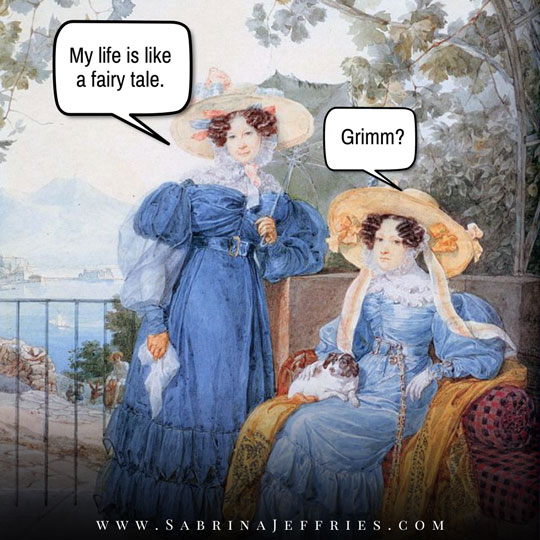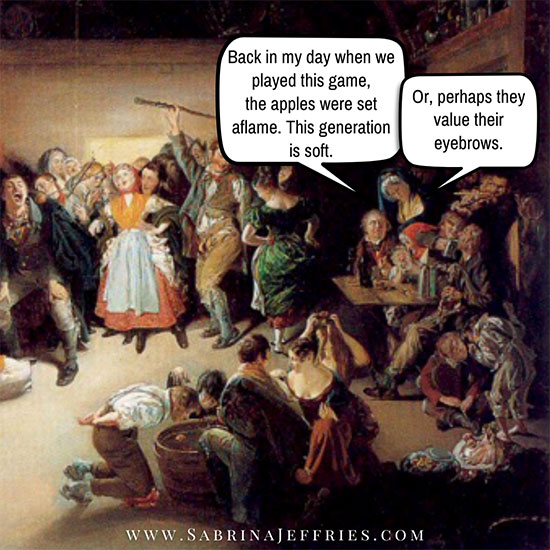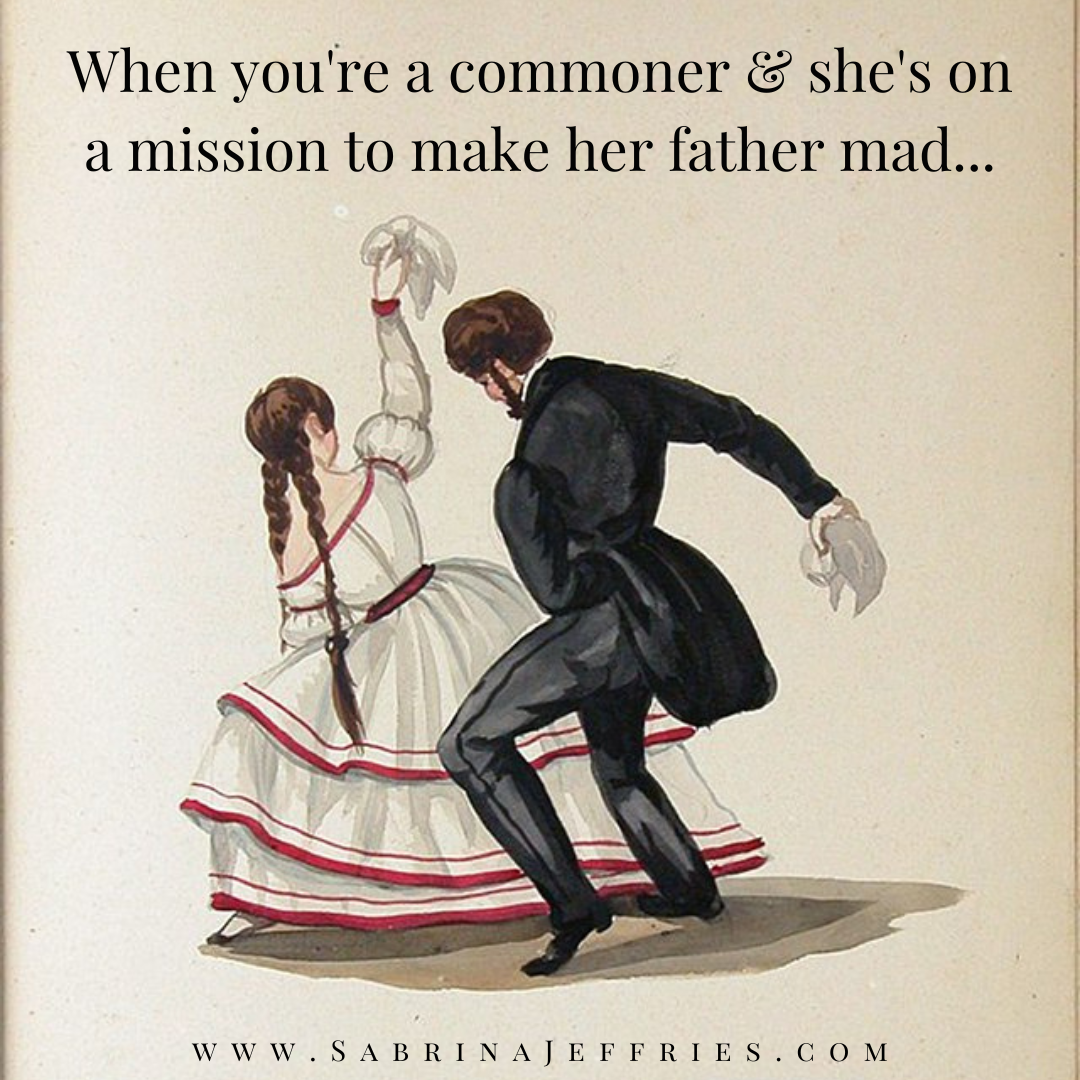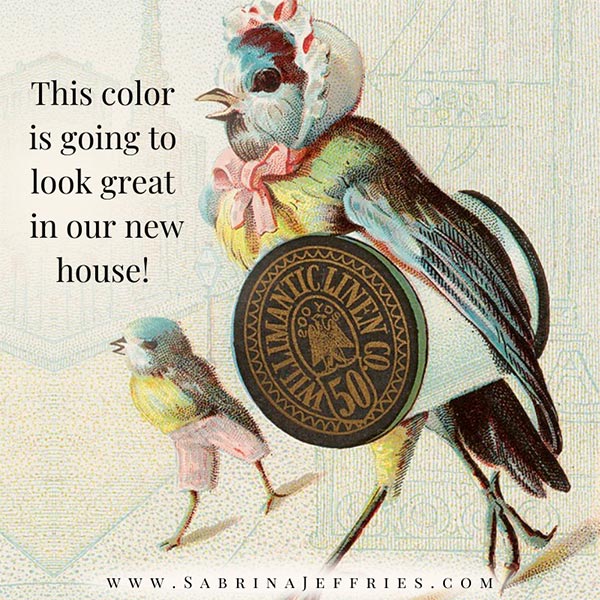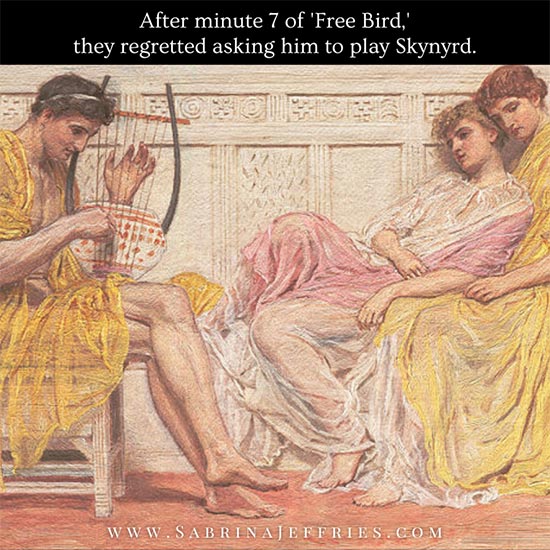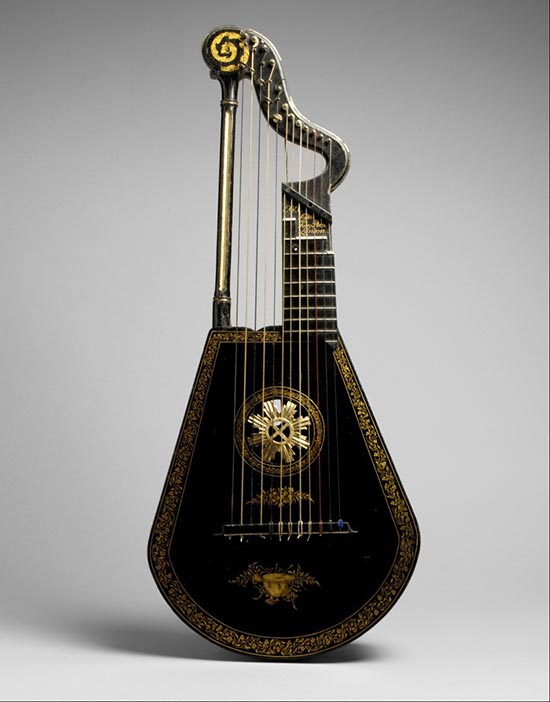British Art Students
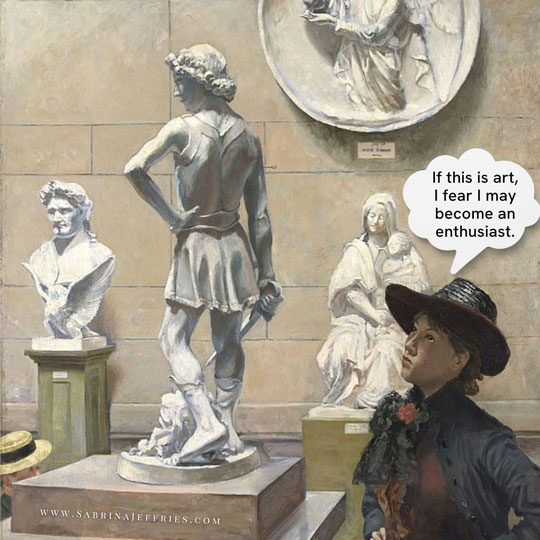
If you read this article in British Art Studies, you’ll discover that young women were some of the first art students to be allowed into the Charles Townley gallery to view the sculptures (a number of which are statues of men in various stages of undress). In fact, the article contains images of paintings of women viewing the Discobolus (a marble statue of a fully naked discus-thrower). Oh, my! So I figured my sculptor heroine would almost certainly have been allowed to observe the gallery on her own.




